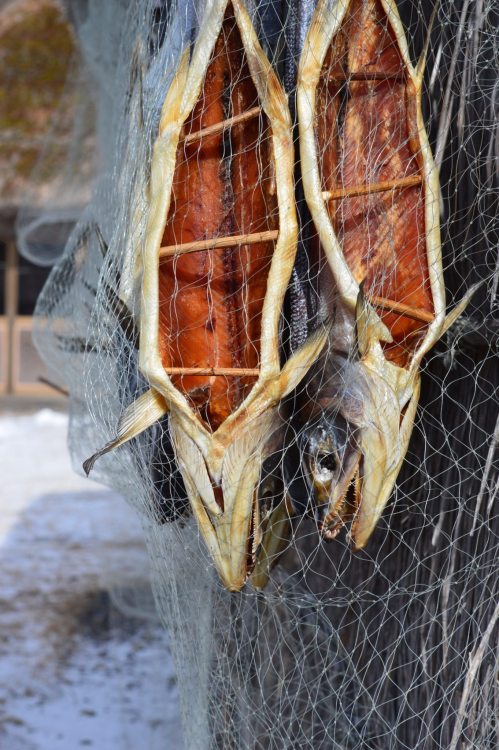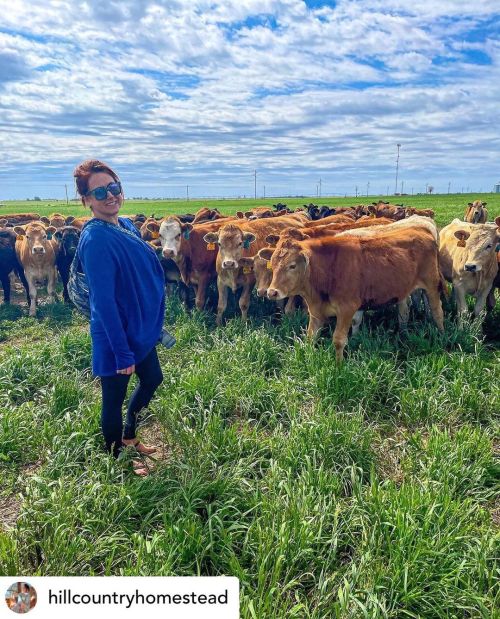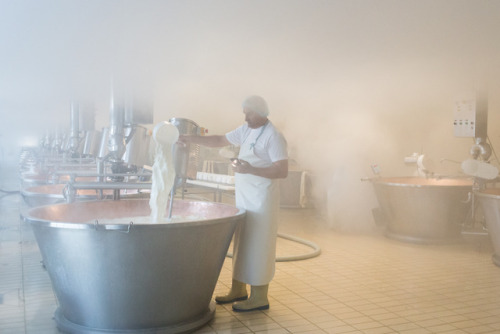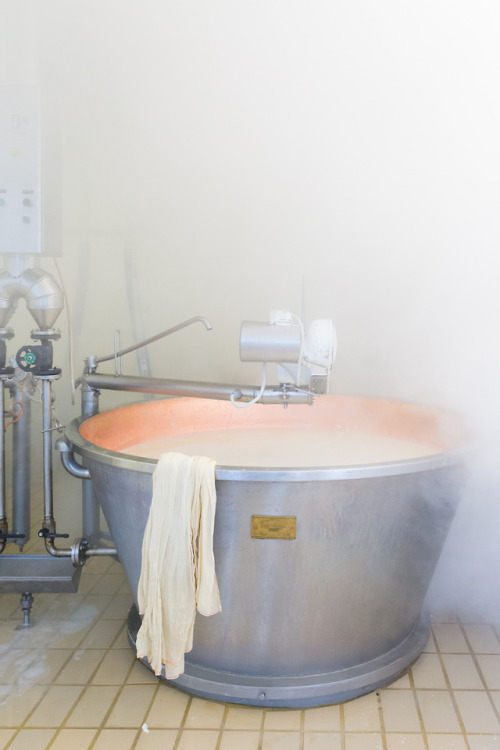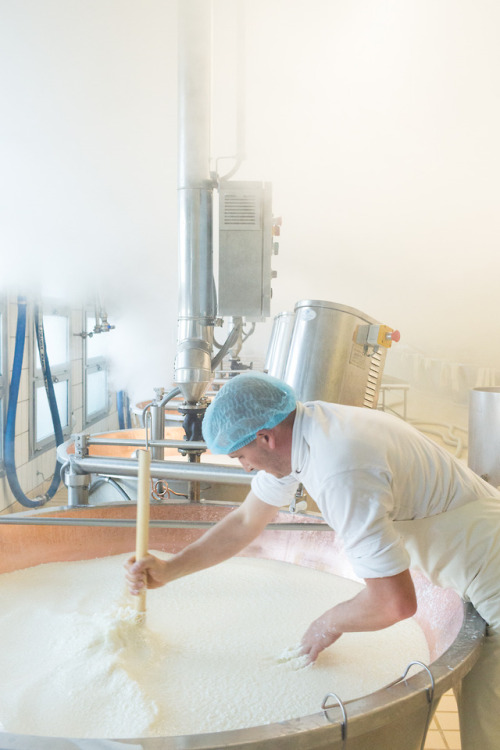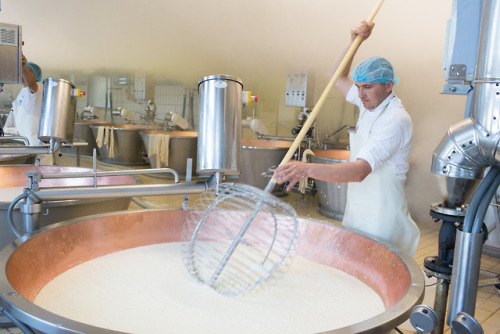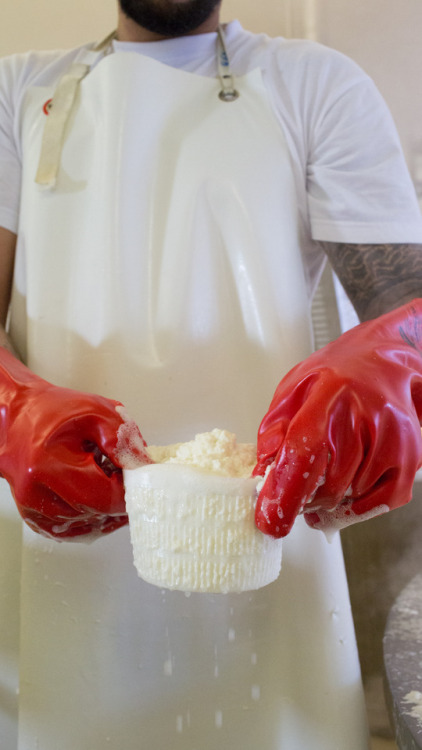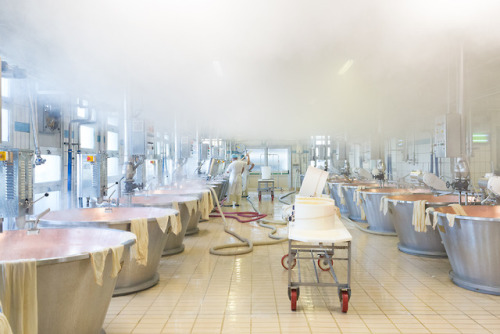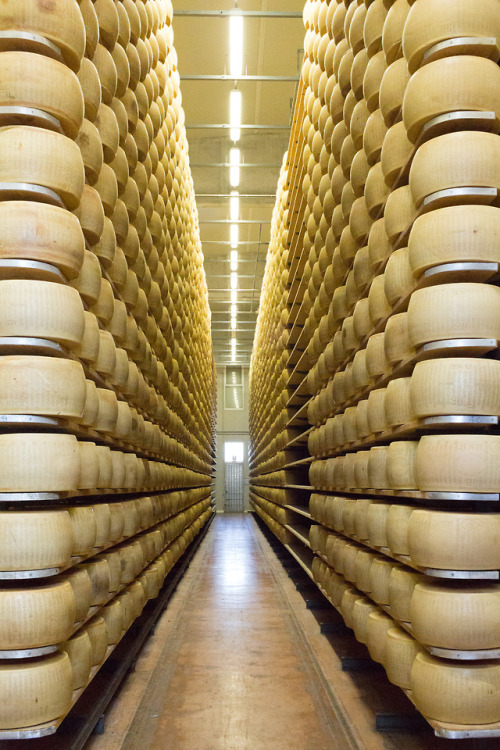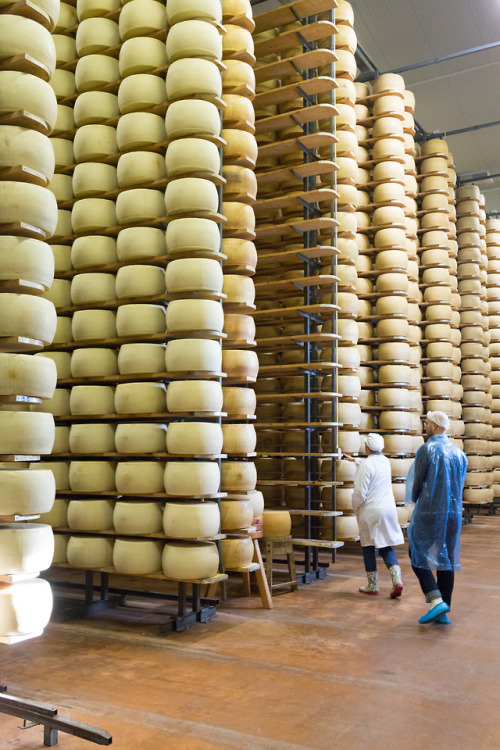#slowfood
EAT: With the Ainu
Native to Japan’s northernmost island, Hokkaido, the world’s few remaining Ainu people protect an ancient culture, unique to this small corner of the globe. Hunter-gatherers by tradition with a deep reverence for nature, traditional Ainu food is a direct product of Hokkaido’s bountiful landscape.
Read on to discover Japan’s indigenous cuisine.
You’d be forgiven for not having heard of Ainu culture, let alone their food, yet the Ainu people have been residents of Japan’s northern tip for many thousands of years. Today, the Ainu’s diminishing population work hard to preserve their distinct heritage, including a unique food culture that can be credited for influencing many of Japan’s most famous dishes.

Unlike the Japanese who practiced rice farming, the Ainu traditionally hunted, foraged and fished for food, living off the land with a nutrient-rich diet that had a lasting impact on Japanese cuisine. Umami, for example, Japan’s infamous ‘fifth taste’ has its roots in Ainu cooking. Found in fermented foods such as miso and soy, umami is widely associated with Japanese cuisine, yet it can in fact be traced back to the Ainu’s use of kombu – an edible sea kelp which grows in abundance off the coast of Hokkaido. Kombu was adopted directly from Ainu cuisine and is today one of the most prevalent ingredients in Japanese cooking. It even forms the base for dashi– an umami-rich broth and one of Japan’s culinary cornerstones.

The Ainu practice animism, cultivating a deep connection with the natural world. This intrinsic respect for nature forms the foundation of Ainu cooking, and whilst Hokkaido today is best known for fresh seafood and dairy produce, the Ainu ate bear, deer and salmon, foraging wild plants, berries and grasses in-tune with the changing seasons. Living in harmony with the surrounding landscape, the Ainu would only eat what could be found locally, and never over-fished, foraged or hunted, protecting their future by eating sustainably.
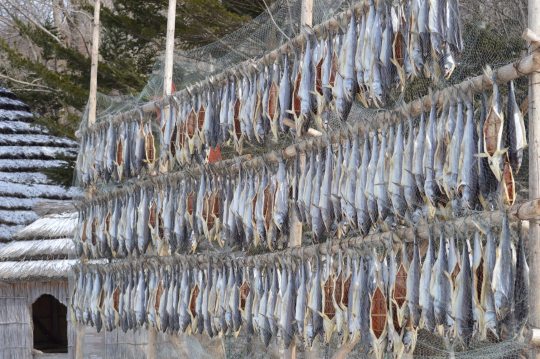
Another key distinction between traditional Ainu cuisine and Japanese cooking is that fish or meat is rarely eaten raw, meaning sushi and sashimi are firmly off the menu. Instead, fish or animal meat is boiled into a soup, roasted or dried and preserved to provide food through the winter months. Traditionally, the fish skins and animal hides would then be used to make clothing.

Today the Ainu’s simple, sustainable, super-food rich cuisine is mainly eaten in private homes, though there are a small number of restaurants and cooking schools championing Ainu fare. In Sapporo, Ainu chef Hiroaki Kon opened Kerapirka in 2019 – one of the few Ainu restaurants in the world. In Tokyo, too, Ainu dishes are making their way onto restaurant menus, for examples at Michelin-starred restaurant L’Effervescence lead by chef Shinobu Namae, who aims to give Japan’s indigenous food the recognition it deserves.
Images:Laura Liverani via the Guardian
Post link
Spicy!! Guatemalan Pickle Dish, Antigua
Check out the Travel and Food Life galleries on my new website.
#atlantaphotographer #advertisingphotographer #lifestylephotographer #documentarylifestyle #nickburchellphotography
#workbookphotographer #commercialphotographer #newebsitelaunch #SEphotographer #documentary #editorial #guatemalafood #peppers #spicy #pickles #tablescapes #handmade #slowfood #plaid #antiguaguatemala #travelphotography #foodlife (at Antigua Guatemala)
https://www.instagram.com/p/CQYjMrHp0Lh/?utm_medium=tumblr
Post link
Like I said, I did. Last Sunday we went to Norcia (Umbria) to join festa del tartufo - event dedicated to truffles where we could try best truffles from the region, some typical food like hams, cheeses, sweets and listen some folk music.
Also this weekend (March 6/7/8) you can enjoy Nero Norcia!!!


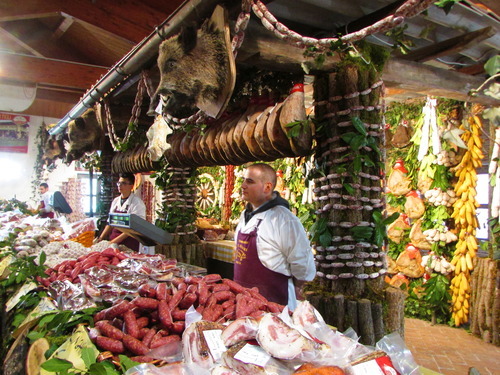


This is AWESOME!
@hillcountryhomestead
This is a great opportunity for one of our local Texas folks to visit and work with Agricultural Producers in Nebraska!! Way to go!
❤️#waterlandyou #repost #reposting (All credit to owner!)
@hillcountryhomestead Out to pasture with healthy happy cows. Our first stop today is at Lone Creek Cattle Co in York, Nebraska The advancement of the agriculture industry in Nebraska is blazing a trail for regenerative agriculture and sustainable farming practices. I’m in awe of this great state.
.
Next up, we taste the @certifiedpeidmontese at the beautiful farm to table restaurant called @cp_casabovina … Right after we tour an Ag tech lab showing us the latest technology in tracking sustainability and health within the herd. Pinch me!
Swipe to see President Business as a #GoPro Gandalf ♂️
.
.
#NEPartner @nebraskagoodlife #nebraskagoodlife #farmher #regenerativeagriculture #sustainablefarming #travelbug #exploremore #southernliving #travelblogger #nebraskalife #farmher #lincolnnebraska #omahanebraska #midwestmoment #crunchymama #soilhealth #animalhusbandry #modernhomesteading #growyourown #knowyourfarmer #slowfood #slowfoodmovement
https://www.instagram.com/p/CdydjbrOnvR/?igshid=NGJjMDIxMWI=
Post link
A Parmigiano Steam Bath
Location: Castelnovo Sotto, Italy
While count ourselves amongst the world’s most passionate lovers of the salty, crystalline, cheesy wonder that is Parmesan, we must admit, we didn’t really know much about how it was made until we found ourselves in a dairy steam bath just outside of Parma. Stepping inside Latteria La Grande in Castelnovo Sotto was in instantaneous education. Our trusty guide, Anne, would show us how the cheese is made from milk to wheel.
Latteria La Grande is a coop, where milk from surrounding farms is sent to be made into D.O.P. Parmegiano Regianno. That label is highly protected, and designates that the cheese has come from this very particular area in Northern Italy. We can all conjure the image of the brail-like writing on the rind of a nice hunk of parm, but did you know that was the in effect, the cheese’s birth certificate? It tells those in the know where the milk came from, where the cheese was made, and what grade it received from the Parmesan experts.
The factory is dense with steamy fog, billowing off copper cauldrons of fresh, local milk. Cheesemakers whisk and mix the milk, adding whey to cause the milk to curdle. Those curdle are allowed settle on the bottom of the conical copper vats, into a piece of cheesecloth. The solids are lifted up, a task requiring Olympic strength, already in bound together in one solid form. That form is cut in half with an impressive knife, and then the cheese is pressed into spring form molds. At this point, we just have a soft cheese, but after about a month submerged entirely in a bath of salty brine, the moisture is drawn from the wheel, and it is ready for aging.
Skipping the halls of the Latteria is a pleasure we can only hope you someday come to know for yourself. Rows and rows of delicious cheese from floor to celling, and a scent that actually reminds one more of blue cheese than parmesan. Anne shows us how each wheel is tested after one year of aging, knocking on one with a tiny brass hammer. She listens, perching her ear close to the majestic wheel. She can hear the density of the cheese, how consistent the texture is, and can predict how much time it needs to age. And finally, we have a chance to taste the cheese at its various stages of aging, from one year to three years. We notice the increase in crystals and complexity over time. And of course, we buy a hunk of each one.
Post link


